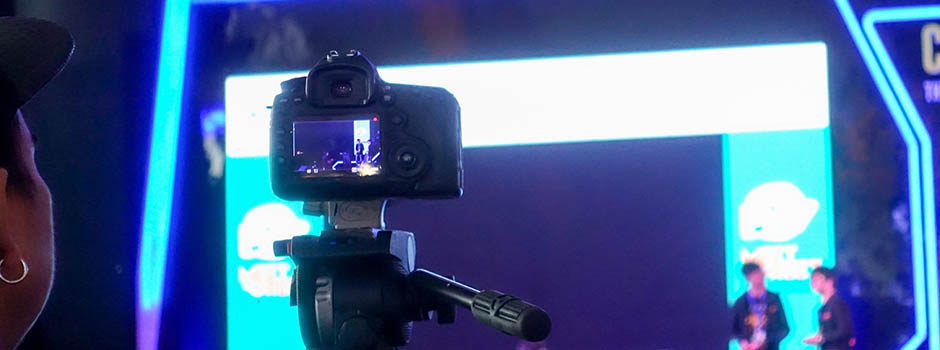IN PRACTICE …
You must always obtain press accreditation so as to be identified as a journalist, get a good position and if possible have access to a desk to enable you to write comfortably. The report on a rally is often expected by the newsroom within an hour of the event’s coming to a close.
Before covering a large gathering, you can also call a source within the campaign team to find out what it is about. This will allow you to set off to report on the rally with a definite angle agreed with your chief editor, although this angle can, of course, change once you are there.
LISTEN, OBSERVE, IDENTIFY, FEEL
A political rally is a communication tool that is primarily used to mobilise activists. Most participants already know for which candidate they are going to vote. Few decide or change their minds after attending a political rally. When covering a rally, therefore, you should try to gauge how the speeches are received by activists as well as by other party figures. Pay attention to the atmosphere, the energy released by the candidate and by the crowd, the latter’s enthusiasm. Is the candidate eagerly applauded or whistled by some attendees? If the candidate’s proposals fail to convince even the activists, it seems unlikely that they will persuade other voters who are still undecided. Also observe the candidate’s posture, gestures, what they are wearing, etc. In short, open your ears and your eyes, insinuate yourself into conversations to obtain the reactions of the public, then tell the story! A voicer imbued with atmosphere and feeling will be of more interest to a listener who was not present at the event than a formal report.
avoid waffle
Do not wait until the end to ask questions. Where possible, arrive an hour before the event is due to start: it is often then that the people you want to speak to will have more time for you, in particular, the candidate’s aides and communication team. As regards activists, you need to identify those from whom you will get more than just hot air. Ask them what they are expecting from the rally, capture their reactions during, and then after. This can make a good “wrap”.
ALWAYS introduce CONTEXT
There is no point in reporting on a rally just as it is, and in any case this would interest very few listeners. A rally is part of a whole campaign comprising a string of other appointments such as tours, public or televised debates, etc. It is like a chapter of a book charting the story (or career) of the candidate. It is therefore important to emphasise the context in which it takes place: is the candidate in good shape or floundering in the polls? What have they been saying recently? Is the rally an expected turning point in their campaign? Does the candidate believe they will win? Why is the candidate speaking of these particular issues as this particular time? The rally must be placed in context in relation to other candidates’ campaigns, to what such and such said earlier in the day, as well as in relation to the city in which the event is taking place (what problems does this city have?).
Placing the rally in context will help you find the right angle, i.e. one which is both interesting for the general public and different from the one chosen by your colleagues and competitors. Make no mistake, most of the preparation for covering a political rally is done in advance!

